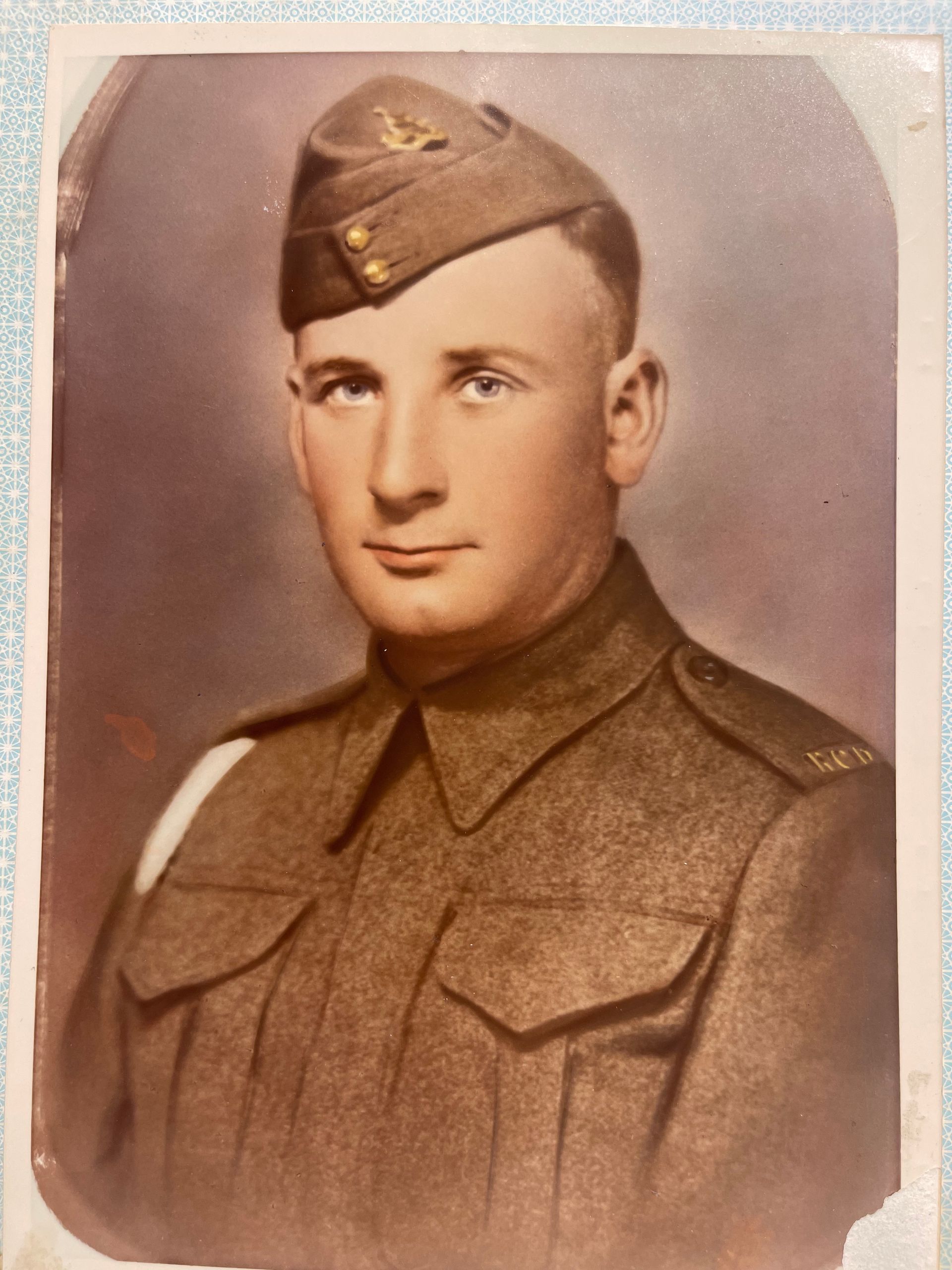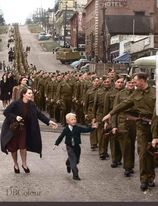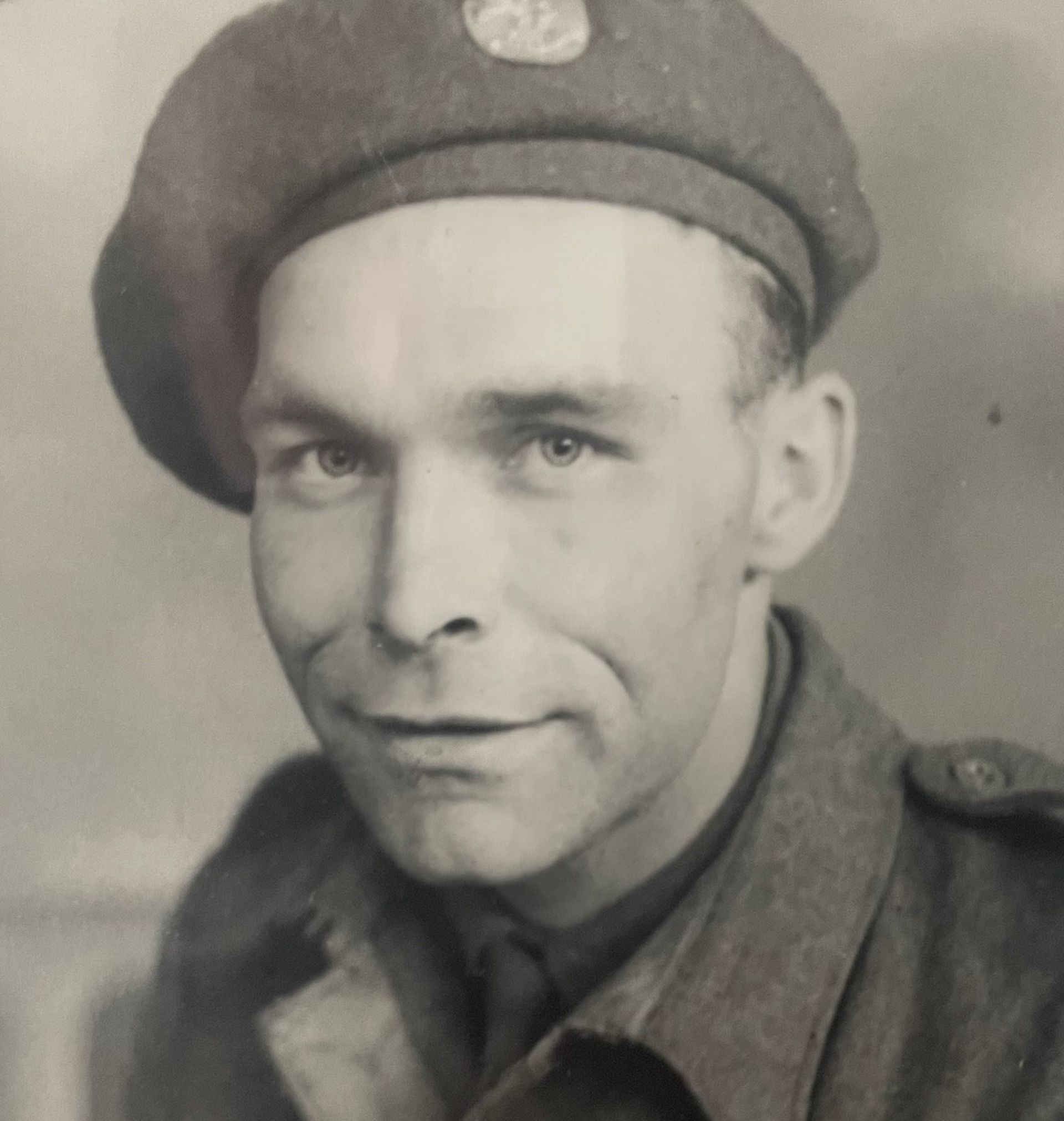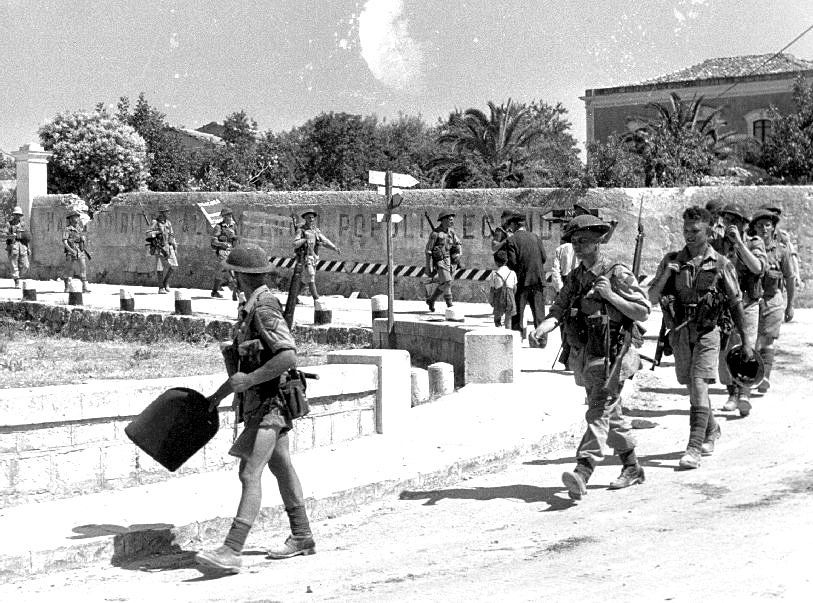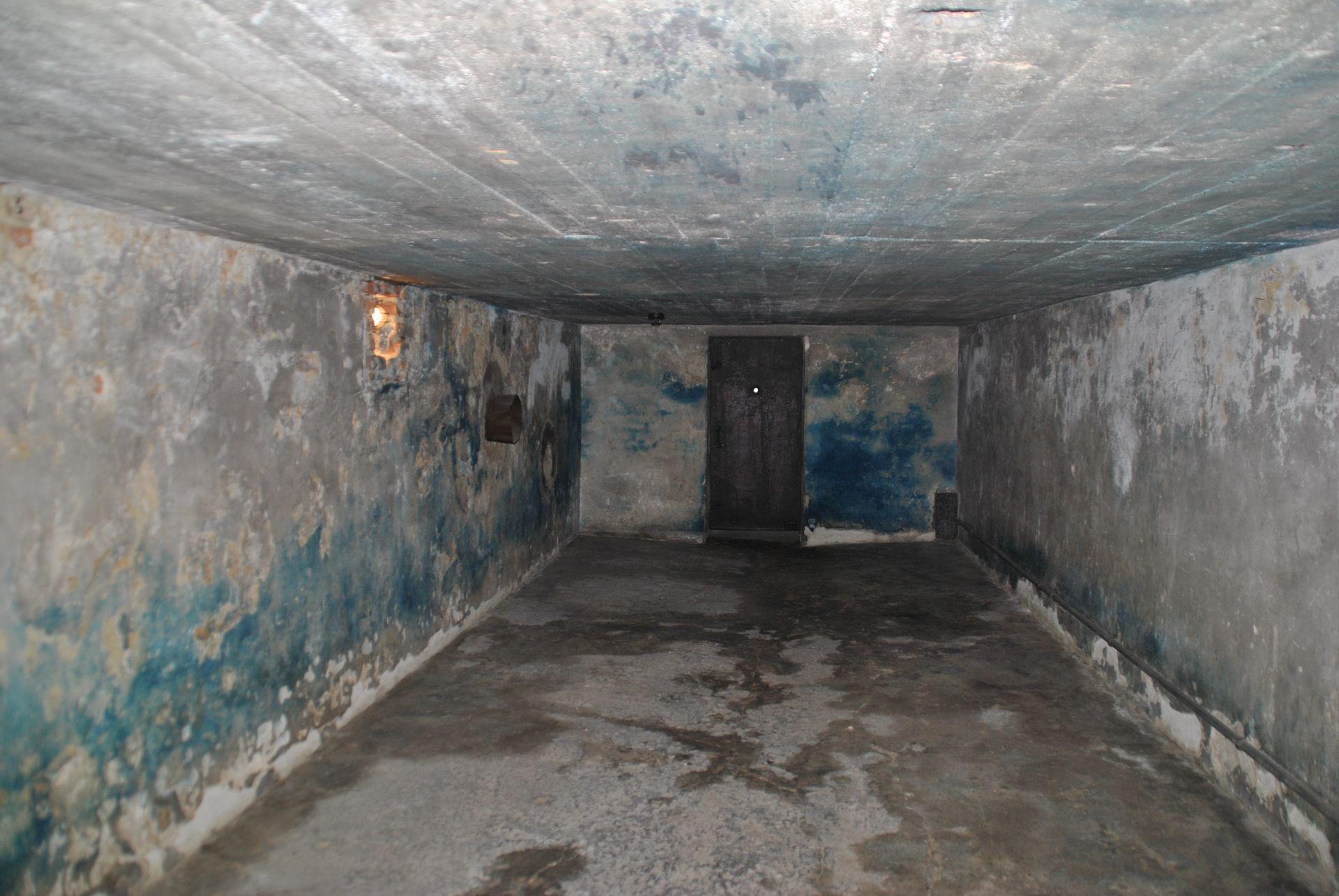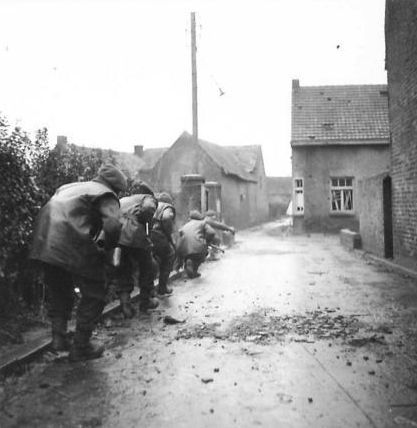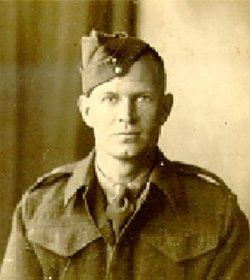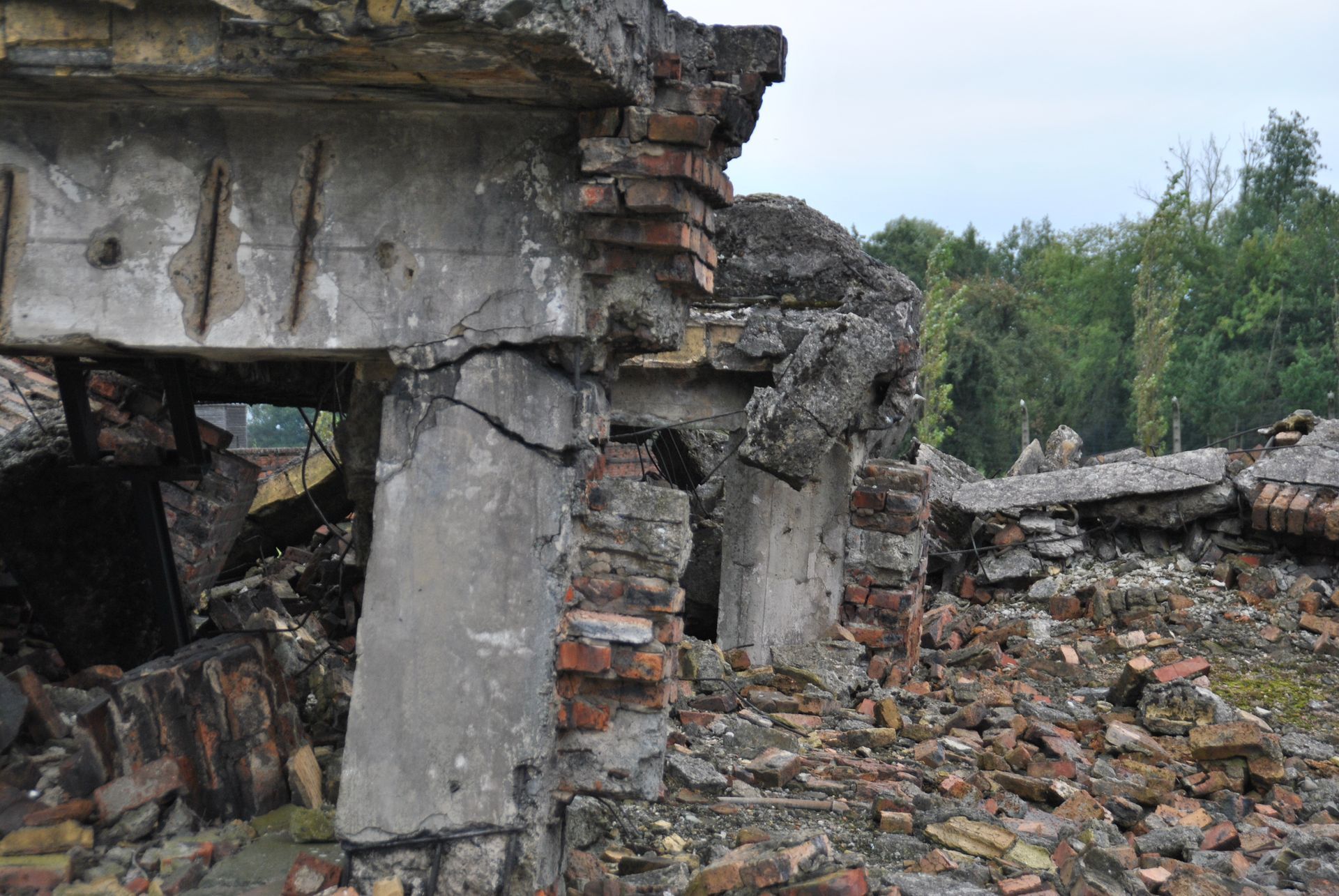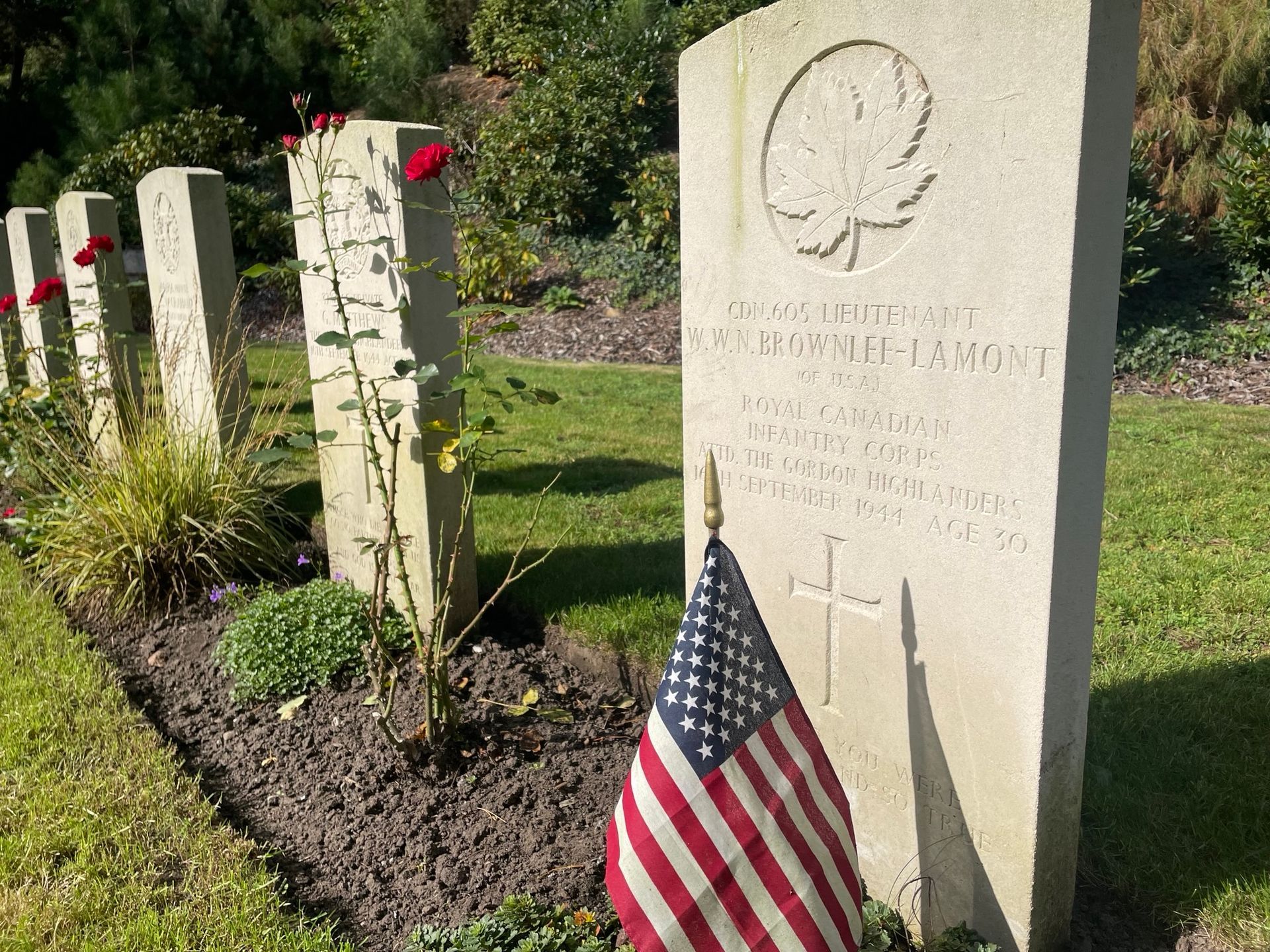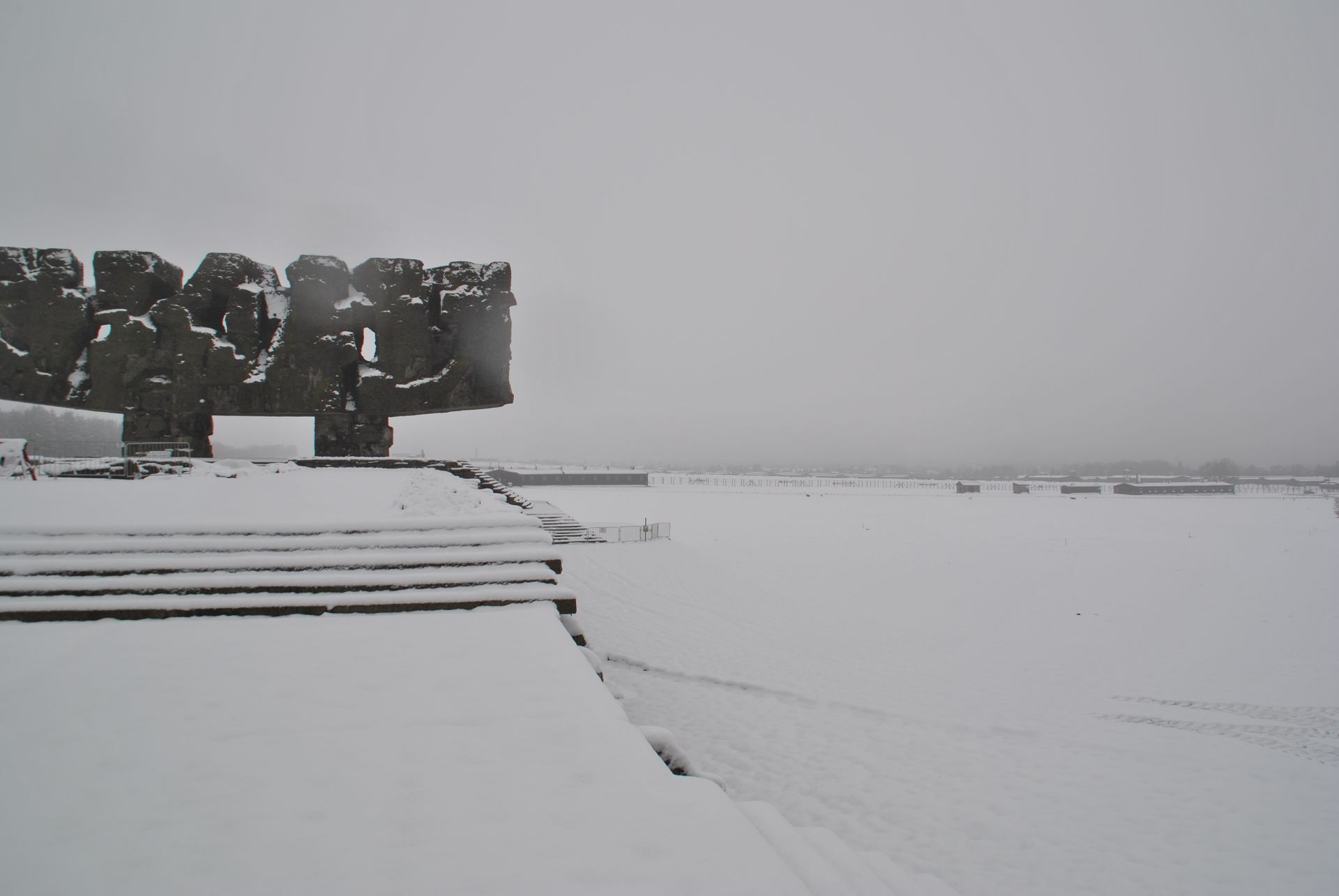Chelmno the first extermination camp
By Gideon Gort
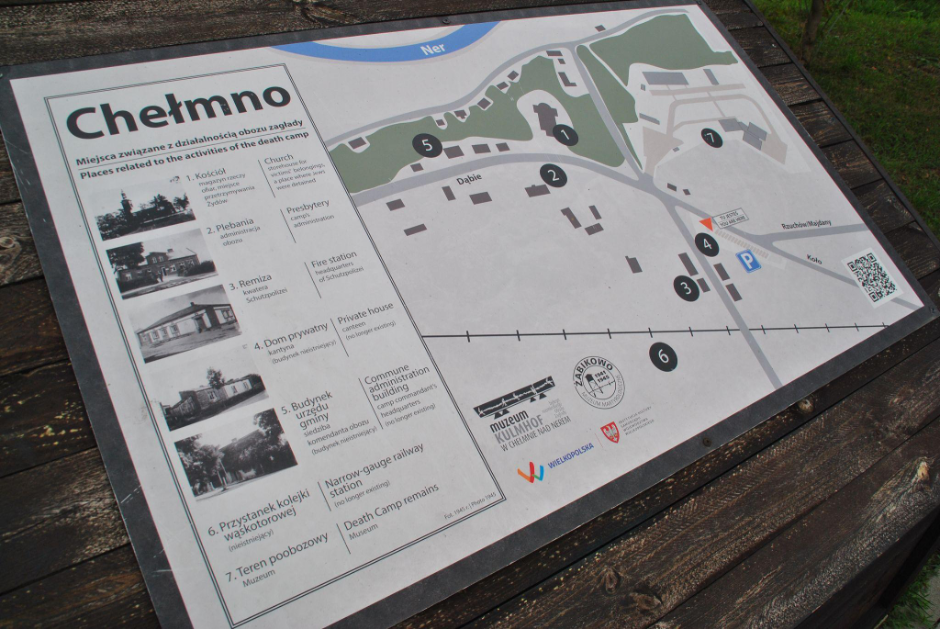
The extermination Camp
Chełmno (Kulmhof) was the first extermination camp created by the Nazis. Near the city of Lodz in the so-called “Wartheland”, a district in Poland which was created in the beginning of 1940. Hans Hermann Bothmann was the camp commander.
Chełmno was unique, but almost every extermination camp was unique in its kind. Belzec, Sobibor and Treblinka were extermination camps which all were similar and Jews were gassed by carbon monoxide in gas chambers. Auschwitz-Birkenau was the largest extermination camp but Zyklon B, a pesticide, was used to gas the Jews in the gas chambers.
So why was Chełmno different and unique compared to the other four extermination camps? In September 2023 we went to the small town of Chełmno to find the answer. First impression: a small campsite, and a very devious way of killing and getting rid of the bodies.
On a Saturday afternoon in September, we arrived at the Chełmno museum complex. The weather was nice, no wind and a very pleasant temperature. It was a three-hour drive from the city of Wroclaw where we spent our time between all the visits in Poland. Chełmno is a very small village, and if you don't pay attention, you will miss the turn to the museum complex. We were the only visitors that day. And we received a very warm welcome from the museum manager. He gave us a small tour and told us how to visit the museum. Five minutes later we took our camera, books and started to walk around.
Jews were murdered in this extermination camp with carbon monoxide from lorries. The first murders started in December 1941 with Jews from the nearby village of Kolno. The murders always had the same routine.
Jews arrived by train at Powiercie, they walked 1 kilometer to a small village called Zawadka where they spent the night in an old building with a maximum of 1000 people. The next day the Jews were put into lorries for a small trip to Chełmno. There the Nazi’s gassed them in “the Castle”.
The Castle, a manor house, had a couple of small rooms for collecting the belongings from the Jews. They were sent into a small corridor and then ended in the back of the lorry. A small staircase was the last step to death. The Nazis brutally used whips and sticks to beat the Jews into the lorry. When the lorry was full they locked the steel door, started the engine, and guided the exhaust gasses with a hose into the lorry. It took 5 to 6 minutes to kill the victims. When there was no more cry and shouting from the victims the driver started a 4-kilometer trip to the Rzuchowforrest. At the Rzuchowforrest the lorries were opened and Jews selected for forced labor (the Waldkommando) had to carry out the bodies and bury them. Some Jews were forced to clean the lorry, full of feces and blood, before it returned to Chełmno.
At least 150,000 men, women and children were killed at Chełmno. Till today the exact number of victims is unsure. The museum manager carefully told us that a number up to 180,000 is also realistic, but hard evidence is still missing.
The Rzuchowforrest
The Jews were gassed in the lorries. The driver started his trip to the Rzuchowforrest and 4 kilometers later the dismantlement of those who were killed started. In the first period till spring 1942 the Nazis buried the bodies. The Waldkommando was forced to do this horrific task. They were selected from incoming transports to do this job, the same principle as the Sonderkommando in the other four extermination camps.
When they opened the lorry a terrible view of bodies, feces and blood was visible.
Imagine the fear of 80 people in a dark steel and hot (even in winter) lorry fighting for their lives. A minute was needed to let the carbon monoxide flow away from the lorry, then the Waldkommando was forced to take out the corpses.
Golden teeth were pulled out of the mouths of the victims, they searched for valuables and then buried the bodies in enormous mass graves. Some graves were up to 270 meters long, 9 meters wide and 6 meters deep.
From spring 1942 the Nazis started to burn the bodies. Enormous burning pits were created. A combination of a pit, wood, bodies and rail was used. The bodies were stacked in the fire by the Waldkommando. Four pipes in every corner took care of oxygen below the pit to ensure an efficient burning process. After burning, the bones were smashed into small pieces and also a bonegrinder was used. The ashes were put into bags and later on throwed in the river Warta.
One man, Szymon Srebrnik, was a member of the Waldkommando. He was just 13 years old when he was selected for this job. Old enough to experience and remember the horror at Chełmno. Thanks to his testimony we know how the burning process was executed. Szymon was during winter and summer dressed in just a pair of trousers and always had a chain around his ankles. He was not allowed to use the toilet and worked every day in his own feces.
The visit to Chełmno and the Rzuchowforrest were very impressive. Impressive because this place is home of the first terror in an extermination camp. Concentration camps were normal that time, there were plenty of them in Germany and other places. This place was different. This place was an assembly line for the killing of people. Chełmno is very unknown for an average person with interest in the Holocaust, but it is a place worth visiting. Don't expect buildings full of objects. Don't expect signs with endless information. Also, the fact that we were the only visitors at the museum was very strange. At the Rzuchowforrest we saw only two visitors.
It is a place, quiet and small, where the remains of at least 150,000 men women and children rest in peace. Some were buried at the Rzuchowforrest, some carried away as ashes by the Warta River.
References:
Bartlomeij Grzanka, The Shadow of the Holocaust.
Ton Roozeboom, De nazi moordfabrieken.
Kulmhof, Death Camp in Chełmno-on-Ner, Andrzej Grzegorczyk, Piotr Wąsowicz.
USHMM encyclopedia.
Own visit to Chełmno and the Rzuchowforrest September 2023.
Read about our journeys in our blogs
This is our Explore Diary












